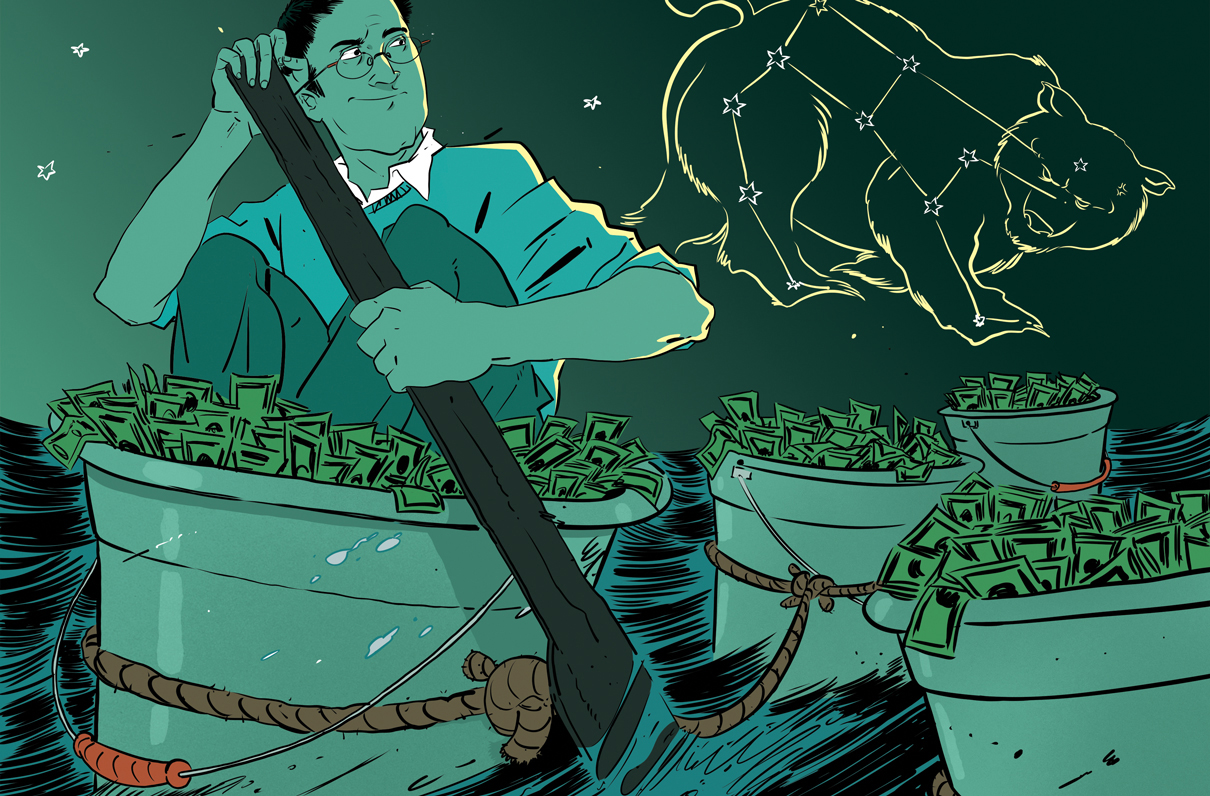Everyone knows we should “buy low and sell high,” so it is surprising when investors force themselves to sell low simply because they didn’t think ahead.
At retirement, investors usually stop investing and start withdrawing cash to fund their lifestyles. If dividends and interest can’t produce enough cash, assets must be sold each year to make up the difference.
When the stock market is high, selling stock annually to generate cash isn’t a problem. But eventually, a bull market turns into a bear and prices fall. Anyone failing to take precautions will then have to accept lower prices.
A simple “bucket strategy” can solve the problem.
If you estimate you need $20,000 annually to supplement dividend and interest income, you can sell $100,000 of assets now, when prices are high, and fund five years of $20,000 “income buckets.” Bucket 1 will hold a one-year treasury note, bucket 2 a two-year note, and so on out to five years. Treasury notes (or insured certificates of deposit) are used because safety is paramount.
One year later, bucket 1’s bond has matured, producing necessary funds, and four buckets remain.
If prices are high, you should sell assets to refill the fifth bucket with a five-year T-note. If a bear market arrives and prices are low, you won’t need to sell and can hold out for five more years.
This is a simple — yet inexpensive and effective — plan.
